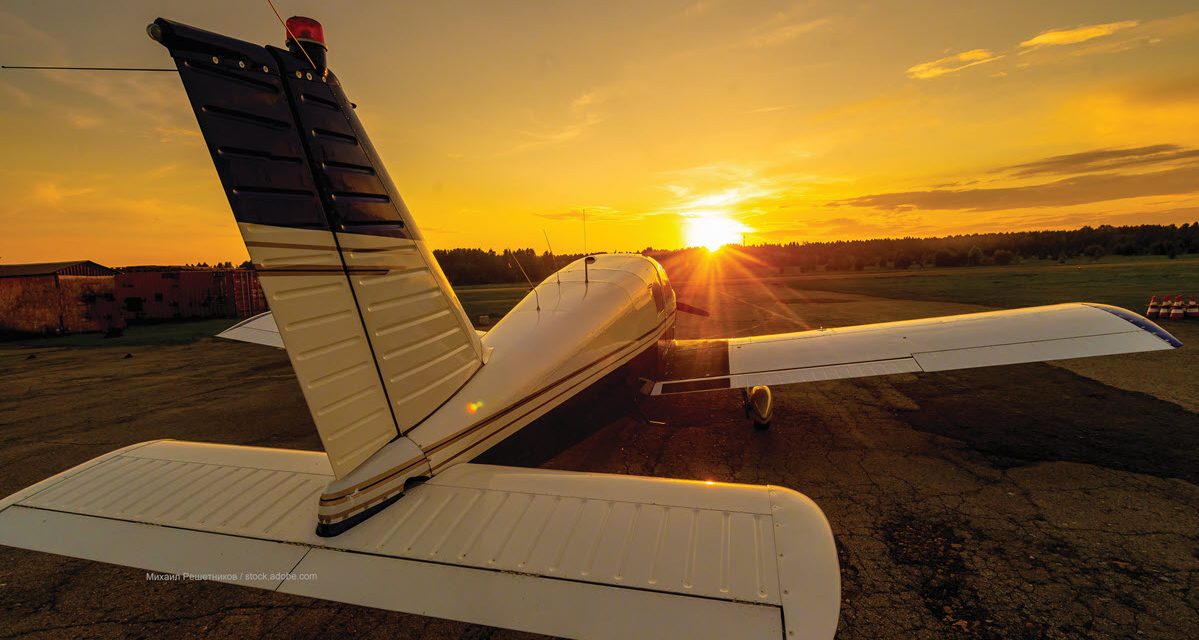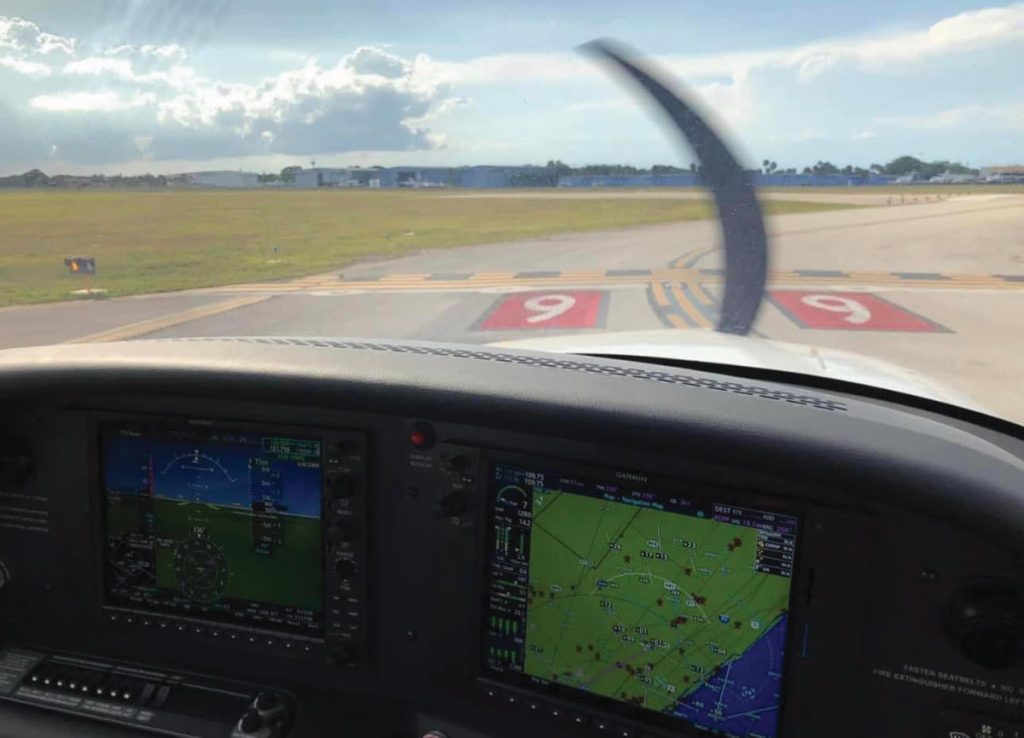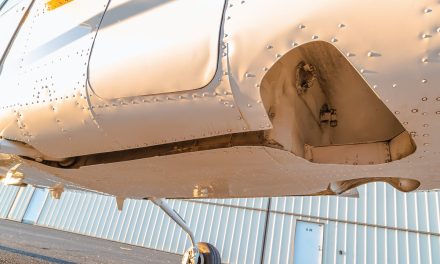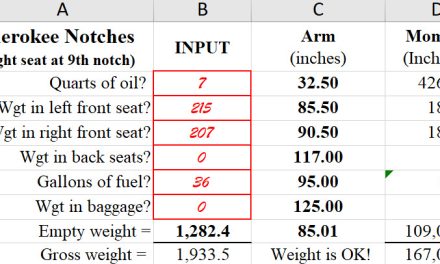Are you a “static takeoff” pilot or a “rolling takeoff” pilot? If you taxi into position on the runway, come to a complete stop, and then add full power, you’re a static takeoff pilot. Pilots who taxi out without stopping and immediately add full power on the roll are rolling takeoff pilots (also known as normal takeoffs). The FAA Airplane Flying Handbook recommends a static takeoff for short runways and a rolling takeoff for regular runways. This technique avoids the punishment a static takeoff inflicts on both man and machine with the added risk for loss of directional control.
Most runways in the U.S. are perfect for the ‘rolling takeoff’ pilot. ATC usually expects a rolling takeoff unless you request a “short delay.” Definitely execute a rolling takeoff if the controller instructs you to “expedite takeoff” or another airplane is on or turning final.
Takeaway: if your intentions are to provide the safest and most comfortable experience for your passengers and put less stress on your airplane, then a rolling takeoff is just the ticket. If the runway is barely long enough to get you safely off the ground or there are obstacles at the departure end, then stop, hold the brakes, and put the pedal to the metal.
Fly safe, friends.
Jack Boyd, ATP, CFII, MEI, DPE, is the president of Gold Standard Aviation (goldstandardaviation.com) flight training center. He is currently an FAA Designated Pilot Examiner and a former international airline pilot with a wealth of aviation real-world experience in high-density airspace environments.






